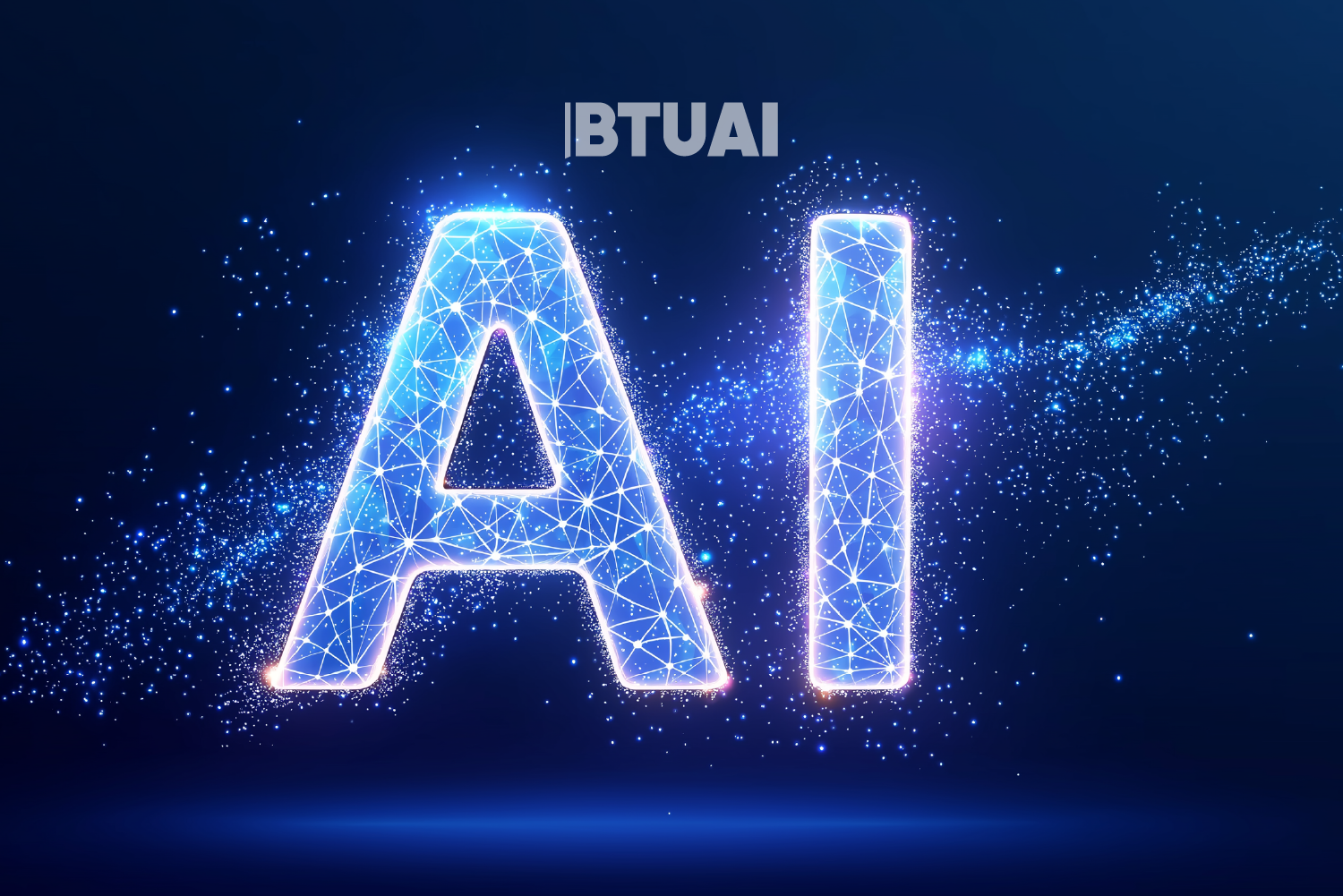Beyond ChatGPT: Expanding Ecosystem of AI Tools in Higher Education
For a long time, ChatGPT stood as the emblem of AI’s educational revolution. The vast majority of students initially

For a long time, ChatGPT stood as the emblem of AI’s educational revolution. The vast majority of students initially adopted it as their main study tool, yet by 2025 the landscape is clearly shifting: a diverse ecosystem of platforms is emerging, each carving out its niche.
Research conducted at BTU demonstrated that students who began with ChatGPT alone are increasingly incorporating Gemini and Claude. Many noted that these platforms are not just useful for text generation but also for visualizing ideas, offering varied explanatory styles, and in some cases delivering material in audio or video formats. The trend is clear: students do not stop at one tool but seek additional functions that match their needs.
Globally, the expansion is even more visible. NotebookLM is now widely used by both instructors and students to create structured reviews from uploaded documents, slides, or recordings. Its new audio and video overview functions enable universities to deliver content in more accessible, multimodal formats. Microsoft Copilot EDU provides students with a secure environment that ensures data protection, meeting universities’ rising concerns about privacy. OpenAI’s GPT-4o, with its real-time multimodality across voice, text, and images, acts as a “live assistant.” Yet its recent update, which made it overly eager to agree with users, underscores how the quality of these tools is dynamic and requires constant monitoring.
In Europe and Asia, universities are actively adopting specialized platforms. Gamma and Tome are used to generate presentations, while Midjourney and Canva help transform complex concepts into simple, visual explanations. These tools save time and enhance comprehension, turning abstract material into more tangible forms.
But with innovation comes concerns about privacy and ethics. Claude’s policy change extending data retention to five years has forced institutions to reconsider what data can safely be shared. Universities face a delicate balance: on the one hand, they need the advanced functionality of new platforms; on the other, they must protect students’ information and uphold responsible use.
The outcome is unmistakable: the era of ChatGPT monopoly is over, and higher education is entering a multi-platform AI ecosystem. For universities, this means that integration strategies must be flexible and diversified. The challenge is to define an “approved stack” of tools that not only support academic goals but also safeguard fairness, transparency, and student security.
Find the BTU’s full research here.




